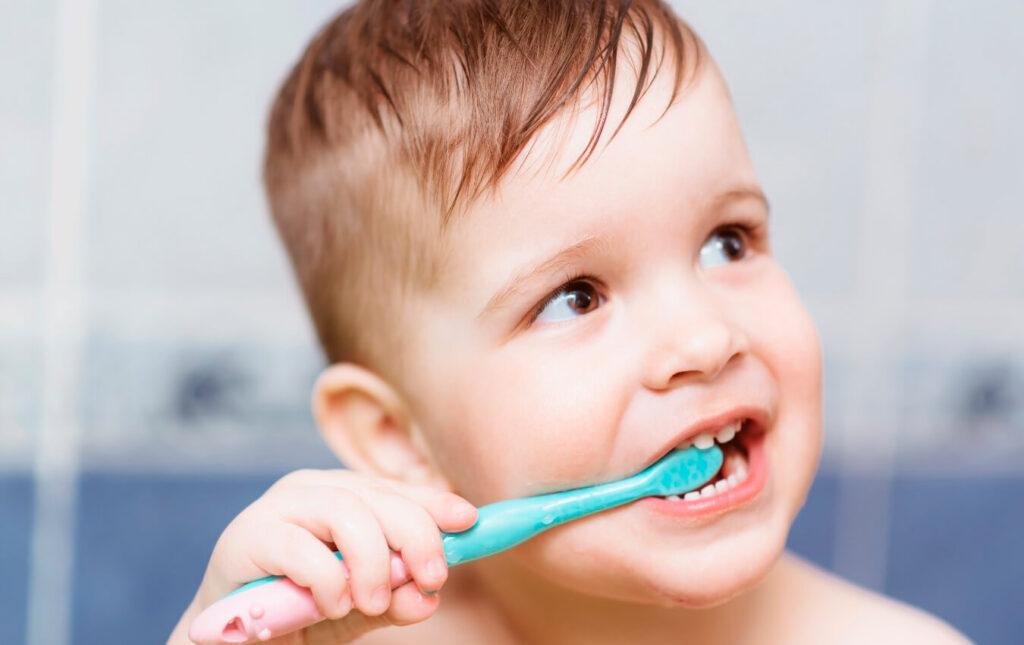
Even with just one tooth, babies need a toothbrush, or at least to have that one tooth cleaned regularly. In fact, before the teeth come in, many dentists recommend wiping off the baby’s gums with a soft cloth or gauze after feeding to prevent sugary substances from staying on the gums. It’s never too early to start building good dental habits for your child, even before they are old enough to really understand or do it themselves.
Baby toothbrushes, made out of soft rubber, resemble small teething toys as much as anything. It feels good to babies to have their gums rubbed with this small implement, even before the teeth come in, especially while they are teething. Baby toothbrushes also come in very tiny, very soft bristle styles. These are easy to use and are effective when you start using toothpaste. By 5 months old, you can use a very small amount of baby-safe toothpaste. Avoid any toothpastes that contain flouride. Flouride can make young children seriously ill if they swallow large amounts, so keep all fouride products out of your child’s reach.
Once your baby has teeth that touch each other, begin gently flossing between those teeth. The first teeth that come in will be the lower incisors, the two front teeth on the bottom; then the upper incisors will erupt. All four teeth should come through between age 6 and 16 months. Use very small, waxed floss so it glides easily between the teeth without putting any undo pressure on either tooth. Talk with your pediatric dentist about the right brushing and flossing techniques. She can show you how to do it so it doesn’t hurt or scare your child.
Make twice daily brushing and flossing a regular part of your child’s hygiene program. If your baby gets used to this early, it will be much easier to brush your toddler’s teeth – and a great habit that she will continue throughout life.

